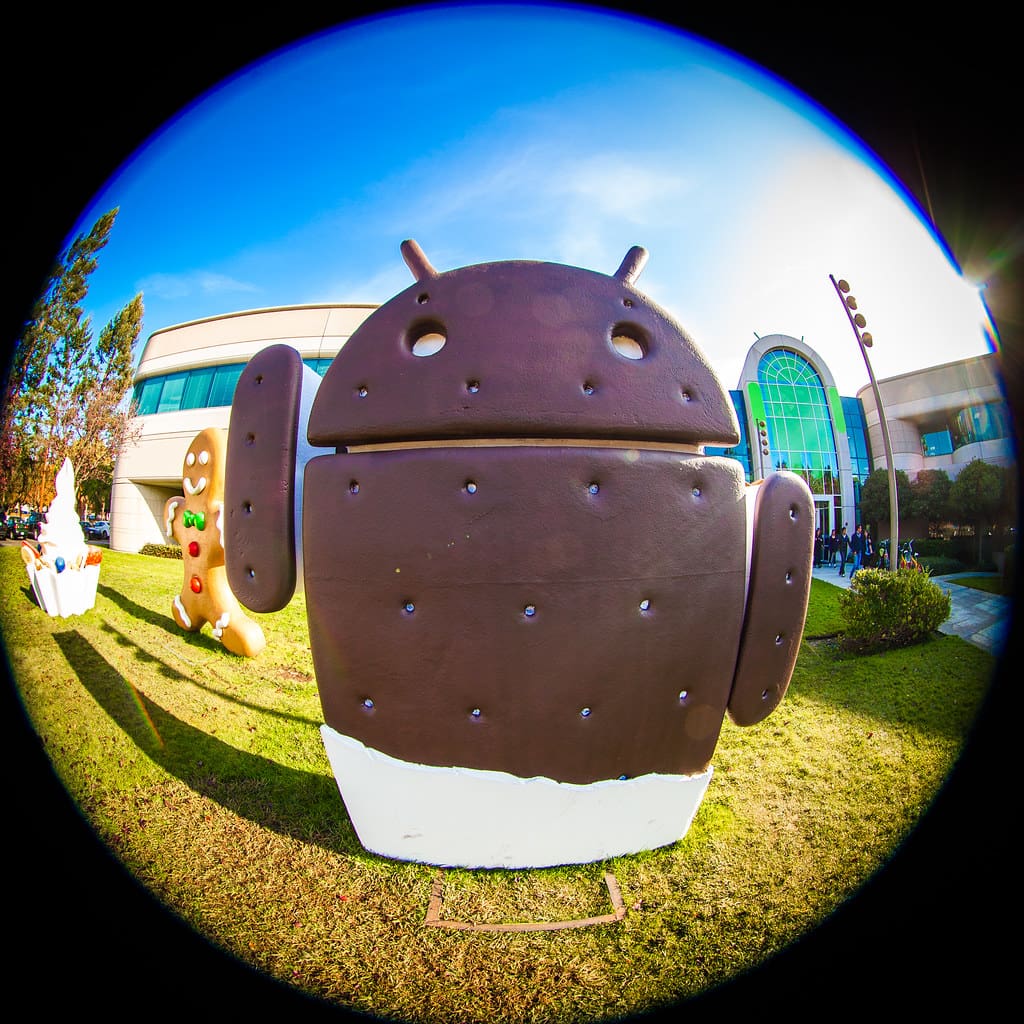The Honey Comb 3.0 debuted in 2011, and subsequently, another OS titled Ice Cream Sandwich 4.0 was presented in the year.
Android 3.0 concocts the UI, which is used for tablets and is the principal OS from the Android variants utilized by tablets.
Its UI was created in the 3D plane, which made the UI really engaging, and the lock design was an external ring lock design.
The 4.0 version has many enhancements with the UI and a face recognizer as a lock pattern.
Key Takeaways
- Honeycomb 3.0 is an Android operating system designed specifically for tablets.
- Ice Cream Sandwich 4.0 is a version of the Android operating system designed to work on tablets and smartphones.
- Honeycomb 3.0 has a more tablet-specific interface, while Ice Cream Sandwich 4.0 introduced new features such as facial recognition.
Honey Comb 3.0 vs Ice Cream Sandwich 4.0
Honeycomb 3.0 is a version of the Android operating system released in 2011 and was designed specifically for tablet devices. Ice Cream Sandwich 4.0 is a version of the Android operating system released in 2011 and was designed to unify the Android experience across both phones and tablets.

The adaptation Honeycomb 3.0 was dispatched more with the perspective of the tablet and included the Google talk/video visit program that was presented in this rendition, and the Google digital book was likewise open in this variant.
The internet browser additionally saw another thought of private surfing, empowering clients to pursue an individual without being put away anywhere on the server.
Ice Cream Sandwich 4.0 was introduced in 2011, which was Google’s 9th Android version. It was published in two main version points, including 4.0 and 4.0.3.
Almost all handsets operating on Ice Cream Sandwich got the software upgrade to install Jelly Bean, and consequently, no devices use on Ice Cream Sandwich today.
Comparison Table
| Parameters Of Comparison | Honey Comb 3.0 | Ice Cream Sandwich |
|---|---|---|
| Introduced In | 9th July 2012 | 18th October 2012 |
| Android Versions | 3.0 | 4.0 |
| Wireless Accessories | Not Ready | Ready |
| Language Compatible | No multi-language | Multi-language supported |
| Supported Android Devices | 0.46% of devices | 0.2% of android devices |
What is Honey Comb 3.0?
Honeycomb 3.0 is another adaptation of the Android stage fundamentally planned for gadgets with greater screen sizes, and outstanding tablets.
It gives a totally different, altogether virtual, and “holographic” UI configuration, just as an alluring, content-centred collaboration design.
Honey Comb 3.0 develops the things individuals love most with regards to Android — upgraded performing various tasks, rich cautions, Home screen customization, gadgets, and the sky is the limit from there — and changes them with a bright, 3D experience and more profound cooperation, making them natural yet shockingly better than previously.
The new UI presents ideal creative models for communication, route, and customization and makes them available to all applications – including those intended for earlier stage adaptations.
Across the framework and in all projects, clients have simple admittance to alarms, framework status, and delicate route buttons in a System Bar situated at the lower part of the screen.
The System Bar is constantly there and a significant touchpoint for users, but a new “lights out mode” may also be darkened for full-screen viewings, such as films.
In every program, users can access contextual choices, navigation, widgets, or other information in an Action Bar, shown at the top of the screen.
The Action Bar is always available while a program is in use. However, the application maintains its content, theme, and other features rather than the system.
The Action Bar is another significant touchpoint for users, particularly with action items and an overflow dropdown menu, which users commonly use similarly in most programs.
What is Ice Cream Sandwich 4.0?
Ice Cream Sandwich was introduced in 2011 and was Google’s 9th Android version. It was published in two main version points, including 4.0 and 4.0.3.
This new operating system updated its predecessor Android Honeycomb’s aesthetic principles and reunited tablets and smartphones with the same UI operation and functionality.
One significant aspect that stood out from other operating systems on the market was discarding physical buttons in gadgets. Google gave on-screen touch-sensitive keys incorporated into the UI to serve. Customers liked this feature, and since then, businesses have started making smartphones with no front physical keypad. Brands could now accommodate a larger display in a minor form since physical keys now didn’t consume any space.
Ice Cream Sandwich dramatically enhanced multi-tasking with more applications now that may be launched simultaneously without crashing. Furthermore, users may now open up to 16 tabs in the integrated web browser.
On top of that, additional security features were also implemented, like the face unlock and lock-screen pattern unlock. Another well-welcomed feature was launched. Users were now allowed to answer incoming calls using text.
This operating system was the debut of our most valuable features even now. Ice Cream Sandwich is now old, as Google stopped its services in 2018.

Main Differences Between Honey Comb 3.0 and Ice Cream Sandwich 4.0
- Ice Cream Sandwich 4.0 provided multi-language support, while Honey Comb 3.0 had just single-language support.
- Ice Cream Sandwich 4.0 UI is quicker and optimized as compared to Honey Comb 3.0.
- In Ice Cream Sandwich 4.0, users may accomplish numerous operations from the notification shade alone, while in Honey Comb 3.0, the user has to run the app to complete every activity.
- All widgets are resizable in Ice Cream Sandwich 4.0, but in Honey Comb 3.0, the gadgets can only be utilized in default shape.
- Ice Cream Sandwich 4.0 also supports HDMI mirroring capabilities, which is lacking in Honey Comb 3.0.



